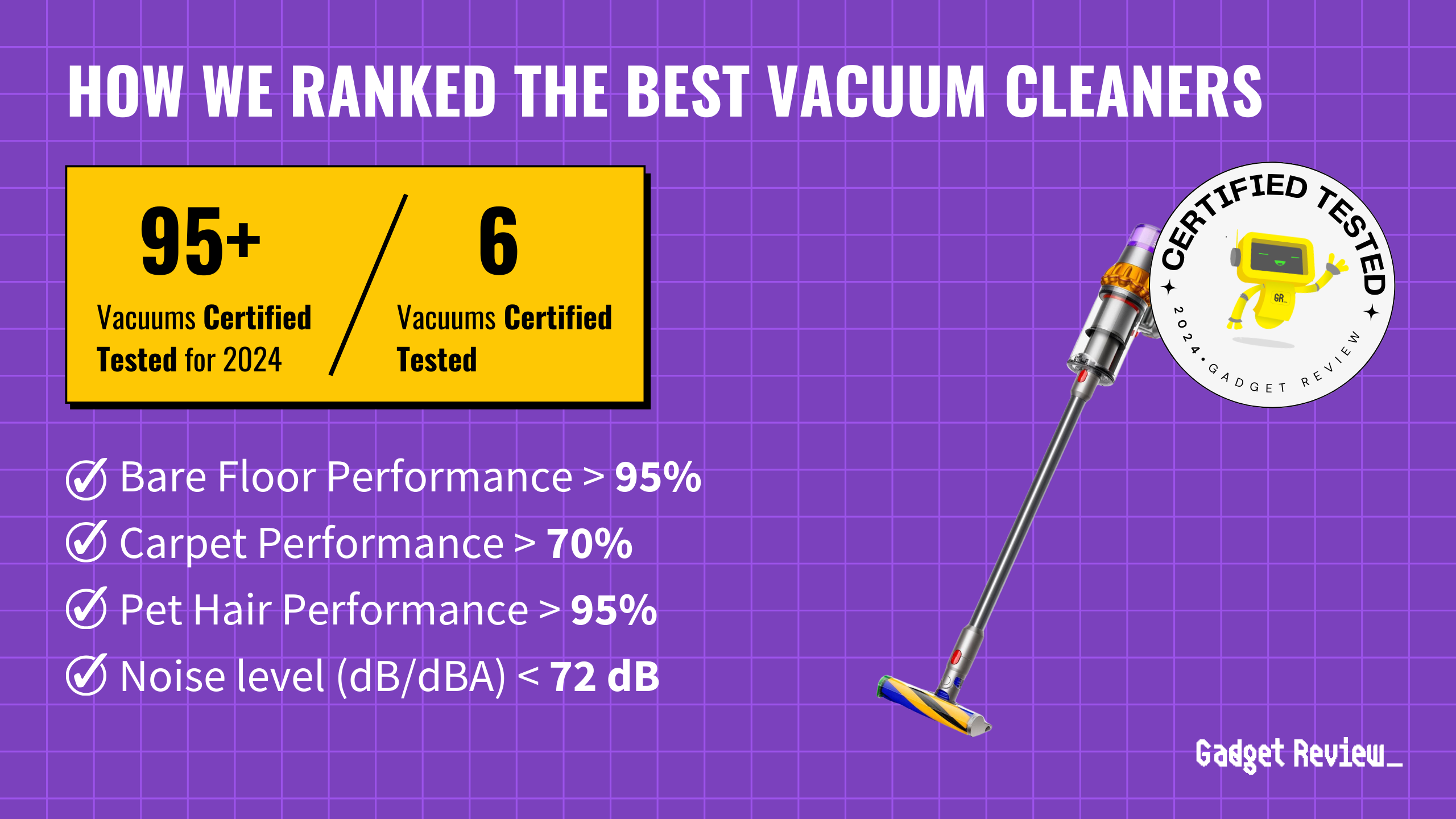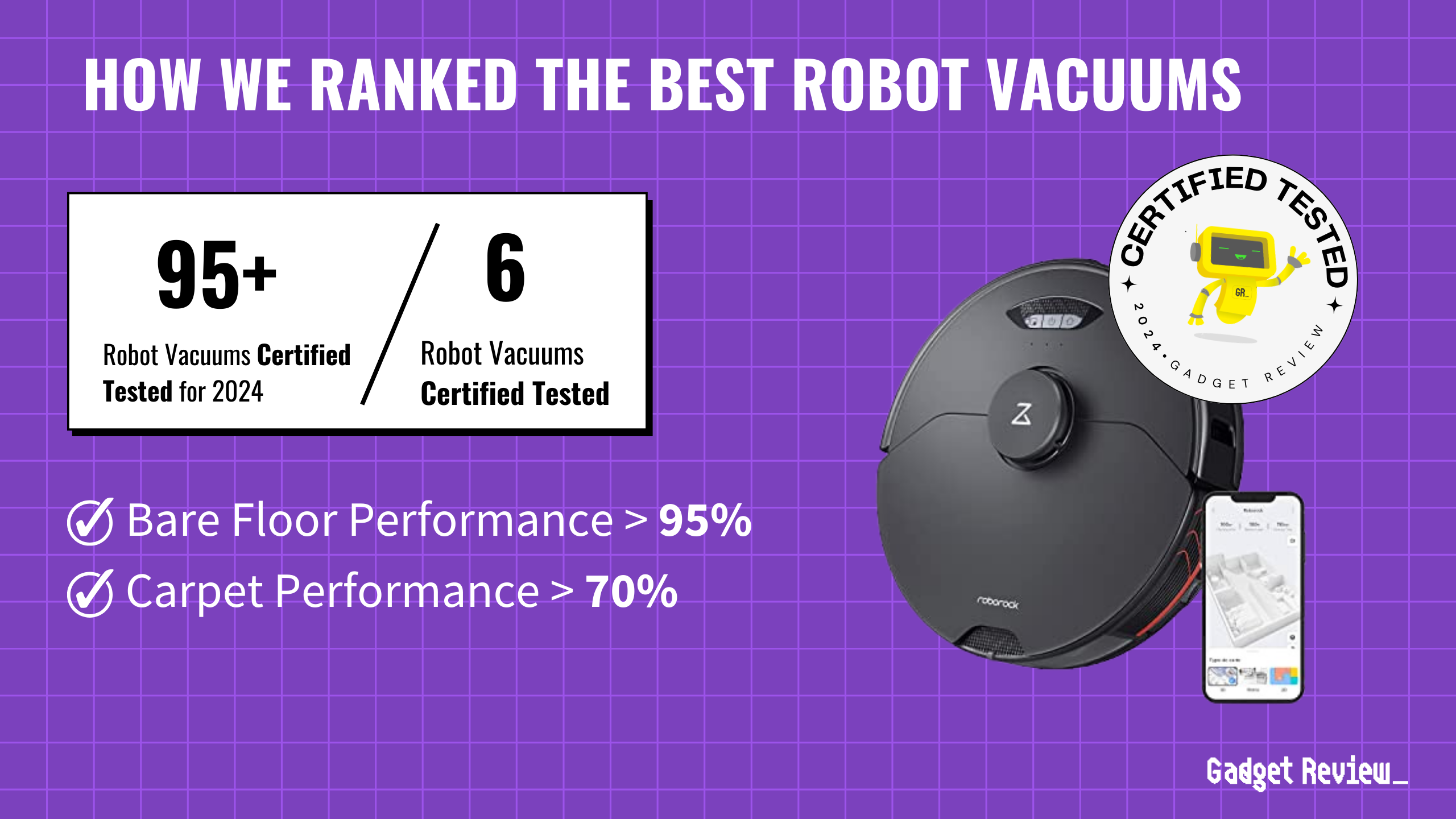Why it matters: Microsoft’s plan to build a massive data center in New Albany, Ohio, has ignited a crucial discussion about sustainable energy sources. In the race to fuel the tech industry’s growing appetite for electricity, renewable options are pitted against nuclear power.
A tech giant’s expansion: Microsoft is set to invest $420 million in a new 245,000-square-foot data center on a 197-acre site in New Albany. This project, slated for completion by the end of 2027, is part of a larger trend of tech companies establishing a presence in central Ohio.
- The Columbus Dispatch reports that the facility will create 30 full-time jobs with an annual payroll of $1.5 million.
- New Albany City Council approved a 100% property tax exemption for 15 years to attract the project.
The energy conundrum: As data centers consume enormous amounts of electricity – enough to power tens of thousands of homes – the question of how to sustainably meet this demand becomes critical.
- Some companies, like Amazon, are turning to solar farms in Ross County for their energy needs.
- Others, including Microsoft, are exploring controversial nuclear options.
Nuclear power: A contentious solution: Sciotovalleyguardian reports that Microsoft recently entered an agreement with Constellation Energy to source power from the Three Mile Island nuclear plant, raising concerns among environmental activists.
- The 1979 Three Mile Island accident remains a stark reminder of nuclear energy’s potential risks.
- Critics point to issues of radioactive contamination, nuclear waste storage, and the catastrophic potential of reactor failures.
The case for renewables: Advocates for sustainable energy argue that Ohio should prioritize clean, renewable sources like solar and wind power.
- Renewable energy technologies have advanced significantly, becoming more efficient and cost-effective.
- These sources offer a safer, cleaner alternative without the long-term environmental risks associated with nuclear power.
Economic implications: The data center industry has become a significant economic driver in Ohio, according to Ohiotechnews:
- From 2017 to 2021, the industry’s employment grew by 23%, reaching 61,740 jobs.
- It generated $2.6 billion in state and local tax revenues during the same period.
Looking ahead: As Ohio considers its energy future, the debate between sustainable renewables and nuclear power intensifies. The decisions made today will have far-reaching consequences for the environment and future generations.
- Policymakers must weigh the immediate economic benefits against long-term environmental sustainability.
- The tech industry has an opportunity to lead by example, investing in and advocating for cleaner energy solutions.
As Microsoft and other tech giants continue to expand their presence in Ohio, the spotlight on sustainable energy practices grows brighter. The choices made in powering these massive data centers will play a crucial role in shaping the state’s environmental future. They could set a precedent for responsible corporate energy use nationwide.























